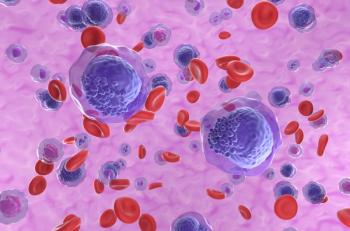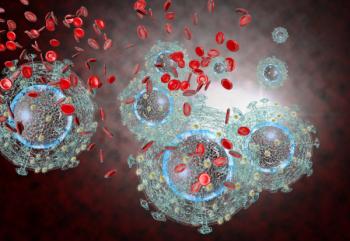
Pegasystems Helps Life Sciences Organizations Streamline Adverse Event Management
Pegasystems Inc.
released a new offering for the Life Sciences market. The AdverseEvent Case Processing solution revolutionizes how organizations collect, manage, and analyze adverse events both during and after clinical trials, thereby shortening the timeline for conducting successful clinical trials and improving the post-approval management of safety information.
All clinical trials and marketed products have the potential to produce adverse events ranging from minor to serious in nature, even when available to the general public. Adverse events categorized as "serious," or something that could result in initial or prolonged hospitalization, death, etc., must be reported to regulatory authorities immediately. In a highly competitive industry where patent expirations and rising drug development costs are pressuring bottom lines, life sciences companies need better operational efficiency to adapt to changing regulations and reduce costs. The Adverse Event Case Processing solution improves critical stages of pharmacovigilance operations. New automation and operational efficiencies that leverage built-in business process management capabilities, include:
- Eliminating redundant analysis and reporting requirements across multiple regulatory jurisdictions;
- Reducing time normally spent on identifying specific adverse event classifications;
- Streamlining the parallel routing and reporting of adverse events to all internal and external recipients, to ensure timely compliance with multiple regulatory jurisdictions locally and globally;
- Managing and tracking audit trail logs and all systems and user actions to support regulatory requirements including 21 CFR Part 11;
- Wrapping and integrating existing clinical trial management systems, electronic data capture, CRM, safety and pharmacovigilance systems, to create a single unified dashboard to adverse event management.
This new solution deploys rapidly by using advanced technologies to quickly leverage existing adverse event processing rules and requirements and can produce dynamic specialized documentation to help ensure compliance in a validated environment.
Newsletter
Stay current in clinical research with Applied Clinical Trials, providing expert insights, regulatory updates, and practical strategies for successful clinical trial design and execution.






.png)



.png)



.png)
.png)
